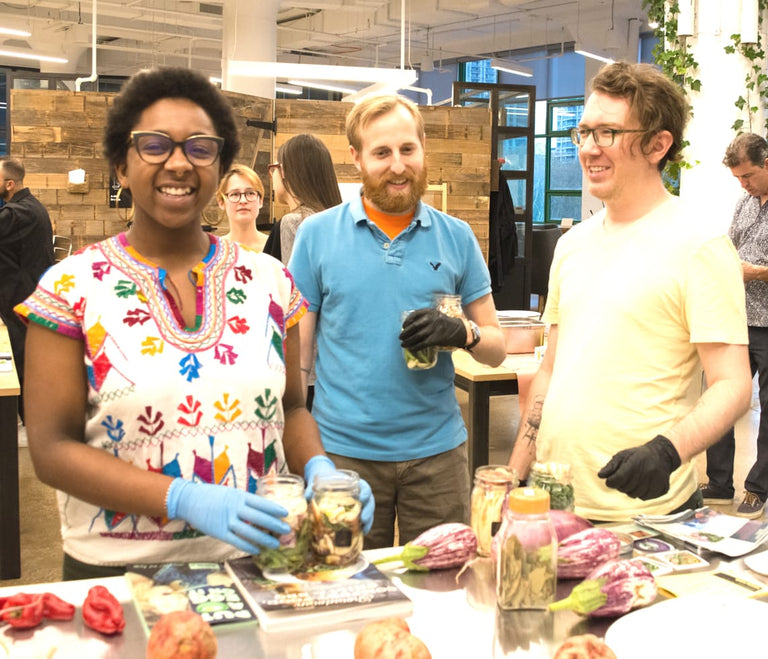Meet Your Farmer: Greenpoint Fish & Lobster Co.
By Jessica Kulick, Local Roots subscriber & food lover

Greenpoint Fish & Lobster Co. was born when Vinny Milburn, a fifth-generation fishmonger, left Boston for New York City and simply couldn’t find the quality of fish he was accustomed to getting back home. His solution? Start his own company.
Now with market locations in Long Island City and, yes, Greenpoint (which also boasts an excellent raw bar and restaurant), Greenpoint Fish & Lobster Co. brings high-quality, responsibly-sourced seafood directly to customers, as well as chefs throughout the NYC-area—and, of course, the Local Roots fish subscription.
Vinny and I spoke about everything from transparency in the seafood industry to the fact that there’s life in the East River (who knew?!).
What are some of the transparency issues in the seafood industry?
Well, in general, there is no transparency. The way that the industry is set up is that fish are caught, aggregated, then sold—so by the time it gets to the consumer it’s gone through many hands and channels, and you no longer really know where it comes from. What we do instead is give a clear chain of custody from the fisherman right to us, then us right to you. It makes things a lot clearer.
It’s not an easy industry to break into, in part because there are a lot of restrictions on it—for example, you need fishermen who are licensed to report their catch to the federal government—but in our mind that’s a good thing becuse the restrictions make it so that we’ll be fishing for generations to come.
What are some of the challenges that come from working on such a local level?
The challenges don’t really exist from the supply side, they exist from the customer side. Customers often want what they want when they want it, and may not understand why they can’t have it, especially in this city where anyone can get anything they want at any hour of the day or night.
From the supply side, there’s an abundance of fresh, local seafood [all year long]. So our main goal here is education: you may not get exactly what you want, but you’ll get something that’s fresh, local, and delicious. That means you won’t get wild salmon in the winter—that’s like getting strawberries in January. We have to stay true to how the seasons work.
We just need to get people to change their perspective, step outside of their comfort level, and try a fish they may not have ever heard of.
Speaking of things consumers may never have heard of, mislabeling is a common practice when it comes to produce like vegetables. Does this happen in the seafood industry?
I think it’s actually most prevalent in the seafood industry. For example, red snapper is a common one [that gets mislabeled]. You think you’re buying red snapper, but you’re actually buying something else. There’s an underutilized domestic choice called Vermilion Snapper which is red in color, is a snapper, but is not a red snapper. So I can’t tell you how many times I’ll have a conversation with someone and they’re looking for red snapper and I’ll show them Vermilion Snapper and they say, “Oh, that’s a red snapper!”
Another time I had a chef who wanted to put cod on his menu. I said it wasn’t a great idea because cod is a very overfished species, but we have a lot of other great, underutilized species that we can offer—how about hake? He chose the hake, we invoiced him for hake, we delivered hake. Then we went to the restaurant later that night and what’s on the menu? Cod.
I said to him, “What the hell, you can’t do that!” and he said, “Nobody wants hake.” I tend to disagree with him, and I think that the success of our business is a testament to the falsehood of his claim, but at the same time, he has a point: people might come into the restaurant, want fish, not be familiar with what’s on the menu, then just order the burger instead.
The consumer isn’t the root of the problem—a bigger issue is nefarious wholesalers who sell a cheaper product, call it something else, and make more money—but at the same time, consumers not educating themselves is a big problem as well.
What are some common varieties of local fish?
Striped bass run through the East River every year. They spawn in the Chesapeake Bay, migrate up north, then come back down south. We fish the river in two separate seasons and catch these fish all the time.
Because we live in a city that’s a little dirty and gross [Writer’s note: As a native, lifelong New Yorker, I can confirm this.], we can forget that we are part of a vibrant ecosystem—but we are!
Every day in the summer I go out to Jamaica Bay and catch porgy and bluefish and sea robins and flukes. There are plenty of fish around, it’s just not something people tend to think about.
What does “traceability” mean in the seafood industry?
The fish have to come from somewhere. Fishing is such a specialized industry, and it’s a declining industry, so even though there are a bunch of different wholesalers, generally our product comes from a select few boats. And while that means sometimes I might have fish from the same boat as one of my competitors, the difference is that I have put the effort in to find out where it’s coming from. There are also people with certain fishing techniques that I like to employ more than others, so I’ll take their fish over someone else’s. As far as what “traceability” means, it’s that I know where all my fish is coming from, and when customers are interested in that information, I’m happy to give it.
Do you have a favorite memory of being out at sea?
I love fishing, and I fish locally all the time. My warehouse is at the end of a street on a pier in the East River and we go there every day after work, as long as the tides are right. Generally my favorite thing to do is teach someone who is very excited about fish, or when people come into the restaurant and are blown away and I just think, “Wow, that was so easy—it’s just fresh fish.”
Rather have a taste first?
Local Roots Experiences are fun, pop-up events where we bring the farm to you!

Become a Harvest Club Pick Up Location
Are you a NY based cafe, bar, or neighborhood business? Become a Harvest Club pick up location and have community members come to your establishment each week to pick up their Local Roots harvest.
Top







